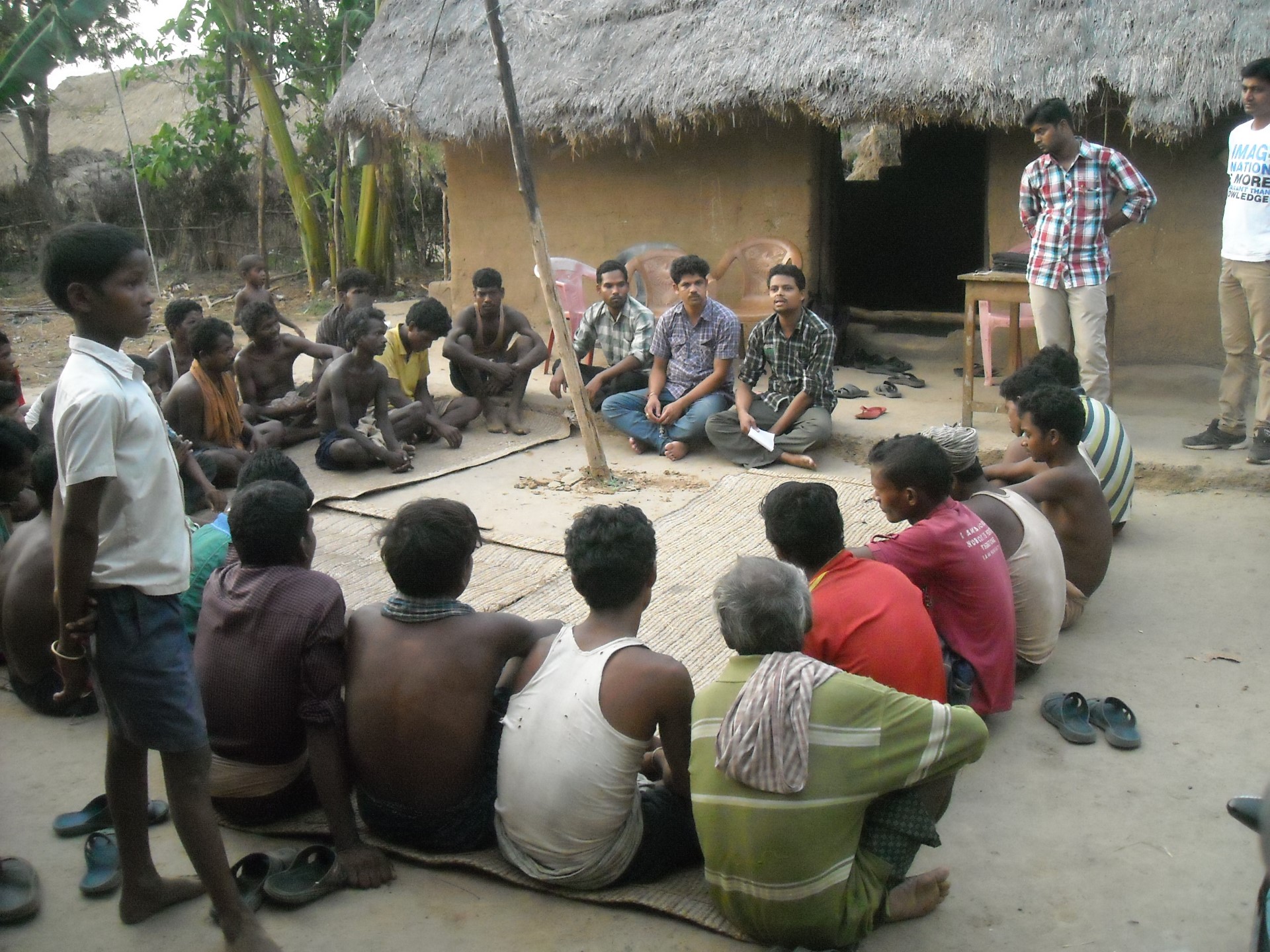Yogita Shamdasani
 |
Yogita Shamdasani grew up in Singapore and obtained a BA from Cornell University in 2011 and a PhD in economics from Columbia University in 2017. Prior to joining the NUS Economics Department in 2020, she was an assistant professor at the University of Pittsburgh. In this article, Yogita tells us about her research in development economics. More information on Yogita’s research can be found on her personal website. |
My undergraduate education at Cornell University began with the pursuit of a degree in mathematics. As I progressed through the degree requirements however, I grew increasingly restless with the level of abstraction the subject matter entailed. I turned to economics for real-world applications of the mathematical concepts I had been learning about. After completing the usual sequence of pre-requisites, I took my first advanced economics course in behavioral economics. In this course, we were challenged to question some of the standard assumptions we typically make in economics – for example, the assumptions that people care only about themselves, and that people treat gains and losses symmetrically. I was hooked. This soon led me down the path of pursuing a doctoral degree in economics at Columbia University.
As a young graduate student at Columbia, I began doing research under the guidance of Professors Emily Breza and Supreet Kaur. Our first project together brought me to rural Odisha, India, where I spent several months doing field research and setting up infrastructure to run a large-scale randomized control trial (RCT). In this RCT, we were interested in understanding the following research questions: Do workers care not only about their own pay, but also about their pay relative to that of their co-workers? How do workers conceptualize fairness?
 |
| Village meeting in Odisha, India, in 2014. This was part of the recruitment process for the RCT on pay inequality (carried out jointly with Emily Breza and Supreet Kaur) |
To answer these questions, we ran an experiment with close to 400 workers working full-time in month-long seasonal manufacturing jobs. Workers were randomized into units with different pay structures, which gave rise to the following scenario: equally productive workers were paid the same absolute wage, but differed in whether they were paid less than or the same amount as their peers. This allowed us to precisely estimate the causal impacts of relative pay comparisons on worker effort and labor supply. The results were striking: we found declines in output and attendance when a worker was paid less than their co-workers. These effects were economically meaningful – for a given absolute pay level, output declined by 22% on average when a worker was paid less than their co-workers. Interestingly, when pay differences were clearly justified to workers, we find that the negative effects of pay inequality fully dissipate!
 |
| Sunset in Chennai, India, where I spent several weeks in 2022 working on a new RCT on habit formation in labor supply |
The nature of field research resulted in me spending a substantial chunk of my research years as a graduate student in India. This allowed me to closely monitor data collection activities, but more importantly, it gave me the opportunity to make direct observations as well as to interact with stakeholders. This in turn gave rise to several ideas that have since shaped my research agenda. For example, when visiting villages across rural districts in Odisha, there were instances where I had to walk or ride a bike for several kilometers to reach a particular village because road conditions were so poor that it was completely inaccessible to cars. It became salient to me how much variation there was across space in terms of access to transport infrastructure, and subsequently, access to markets. I wanted to study this more systematically, so I started looking into infrastructure policies in India. This eventually gave rise to the first chapter of my dissertation, where I studied the causal impacts of infrastructure under a large-scale federal road-building program across rural India on production decisions in agriculture. I found that improvements in rural road connectivity led to increased crop diversification and usage of labor-intensive agricultural technologies in remote villages. These effects were possibly driven by increased mobility of workers across connected villages.
 |
| Morning activity in Chennai, India, adjacent to one of the labor stands where we conducted the RCT. A labor stand is a spot where workers who are interested in finding work for the day gather every morning, waiting for potential employers to show up and offer them jobs. Labor stands are a common institution in India and other developing countries |
In addition to my ongoing field research agenda on Indian labor markets, I have recently started pursuing a new strand of research on the impacts of slow-onset climate change in developing economies. Developing economies are likely to be disproportionally impacted by rising temperatures under climate change given their heavy reliance on agriculture. With several coauthors, I study the impact of climate change on worker mobility in India. Using data spanning six decades, we find that rising temperatures impede structural transformation – higher temperatures are associated with higher shares of workers in agriculture and lower shares of workers in non-agriculture. These effects intensify over a longer time frame, suggesting that not only do individuals fail to adapt to higher temperatures, they also experience intensification effects of warming over time.
Yogita Shamdasani
May 2024
References
The Morale Effects of Pay Inequality, (with Emily Breza and Supreet Kaur), Quarterly Journal of Economics, 2018, 133(2): 611-663.
Rural Road Infrastructure and Agricultural Production: Evidence from India, Journal of Development Economics, 2021, 152: 102686.
Climate Change and Labor Reallocation: Evidence from Six Decades of the Indian Census, (with Maggie Liu and Vis Taraz), American Economic Journal: Economic Policy, 2023, 15(2): 395-423.

